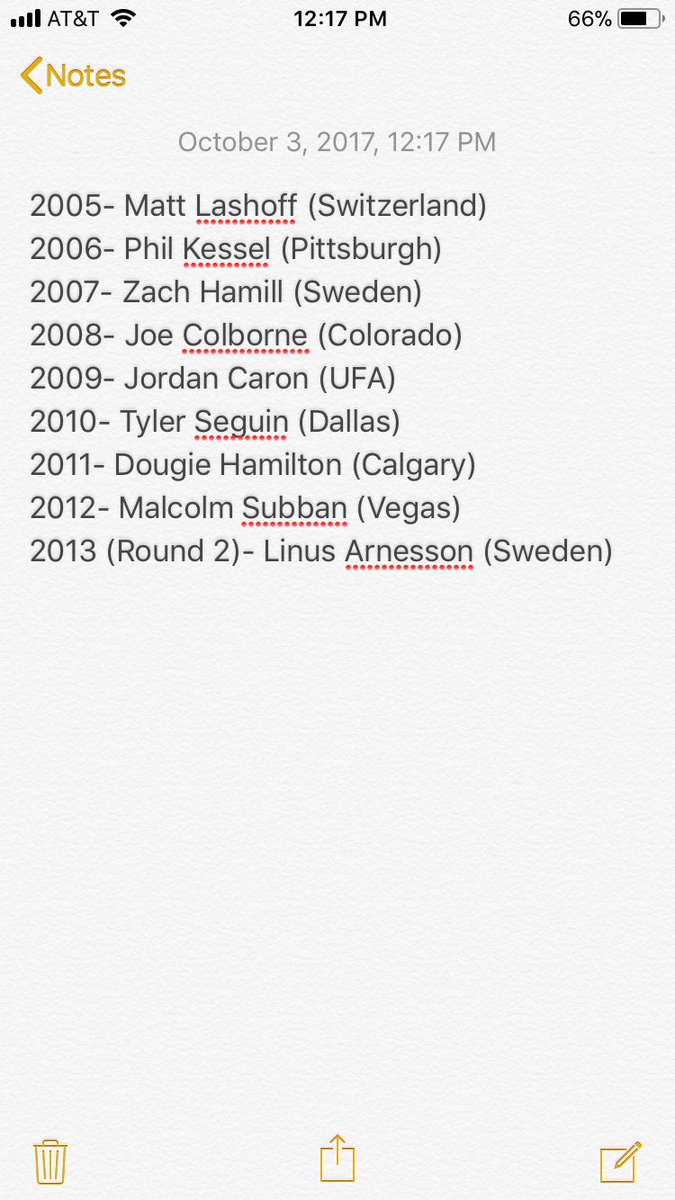The only negative about college basketball is the fact that quite literally everything about it is a money grab for the NCAA and its partners. Take, for example, the currently-ongoing Big Ten/ACC Challenge. Nobody gives a shit about the rivalry between these two conferences, but they can throw half a dozen decent teams on the ESPN family of networks and sheep like us will gobble it up. I can't wait to Experience The Childlike Excitement Of The Holidays With Lexus every 12 minutes for four hours tonight!
But if the NCAA and ESPN can make a bunch of money off of hokey 'challenges' like this one, we might as well try to make some too. There are five games tonight:
- Florida State (-5) at Rutgers, 7pm
- Northwestern (-1.5) at Georgia Tech, 7pm
- #17 Louisville at Purdue (-8), 8pm
- Illinois at Wake Forest (-2.5), 9pm
- Iowa at Virginia Tech (-9.5), 9pm
I would think they probably hoped to have more than one ranked team playing tonight, but this whole challenge is really just the undercard for #5 Notre Dame at #3 Michigan State on Thursday.
We will start by looking at a matchup of undefeated teams who haven't been making too much noise nationally.
Florida State at Rutgers
As I usually do, we'll start by looking at how teams score. TeamRankings has a great selection of stats to reference, and I like to compare percentage of points that teams get from two-point shots, three-point shots, and free throws.
Florida State scores their points via:
- 56.7% from two-pointers (39th-most) out of 351 teams)
- 31.0% from three-pointers (173rd-most)
- 12.3% from free throws (343rd-most)
So we have a Seminoles team that is extremely reliant on two-point shots and extremely Not Reliant on free throws. They're almost directly in the middle of the road on three-point reliance. How does Rutgers defend these different types of shots?
Rutgers' opponents shoot:
- 38.8% on two-pointers (8th-lowest)
- 29.3% on three-pointers (44th-lowest)
- 9.4 free throw attempts per game (lowest in the country)
It is extremely important to remember that neither of these teams have played anybody good yet, but that tends to be the case for most teams at this point in the season. Rutgers' defense on two-point shots is going to be an issue for FSU, and Rutgers' discipline might mean FSU only shoots ten free throws tonight. Relatively speaking, Rutgers' weakness is its three point defense - but FSU is shooting just 35.6% from three this season (151st in the country).
I would be willing to be that Florida State will finish the game with considerably less than their season average 91.0 points per game. But what about the other side?
Rutgers scores their points via:
- 59.0% from two-pointers (16th-most)
- 22.3% from three-pointers (323rd-most)
- 18.1% from free throws (234th-most)
And Florida State's opponents shoot:
- 41.2% on two-pointers (22nd-lowest)
- 30.5% on three-pointers (61st-lowest)
- 18.6 free throw attempts per game (118th-lowest)
So I would also be willing to bet that Rutgers will finish below their season average, which is a paltry 69.8 points. I expect both teams to miss their numbers, but the million dollar question is by how much each will miss. Bovada has the team lines set as follows:
- FSU: over/under 72.5 points, 18.5 points below their season average
- Rutgers: over/under 67.5 points, 2.3 points below their season average
Without breaking down all six of the teams that FSU has played and all five of the teams that Rutgers has played, we can't know why the discrepancy there is so big. The largest difference, to my eye, is Rutgers not allowing free throws. But Florida State isn't reliant on them that much, certainly not 18.5 points worth.
The Play: FSU -5 and FSU team total over 72.5
Louisville at Purdue & Iowa at Virginia Tech
I'm lumping these two together because Purdue is favored by 8.5, Virginia Tech is favored by 9.5, and I am as addicted to teasers as I am to the Oxford comma.
The first game is a great illustration of why early season rankings don't mean a goddamn thing. Purdue is unranked, but they beat a decent Marquette team, lost to decent Tennessee and Western Kentucky teams, and beat (what was supposed to be) a great Arizona team. Louisville is ranked #17 due to their 4-0 run through George Mason, Omaha, Southern Illinois, and St. Francis (PA).
Those schedule discrepancies basically means we can't really analyze season statistics for this matchup. Purdue is going to look worse because they've played four actual games, and Louisville is going to look great because they've been beating up on fraternity intramural teams.
This is exactly why I'm addicted to teasers. I don't know anything, and I'm actively not going to learn anything before I bet, but Vegas says Purdue is 8.5 points better so we'll tease away half of that and get a nice easy spread to cover.
You know what? I'm going to do the same exact thing for the second game. I'm not even going to look up the ESPN schedules for Iowa and Virginia Tech to see who they have played so far. Just throw the favorite right into the goddamn tease bag baby!
The Play: Five Point Teaser (-120) - Purdue -3 & Va Tech -4.5








